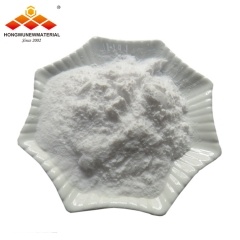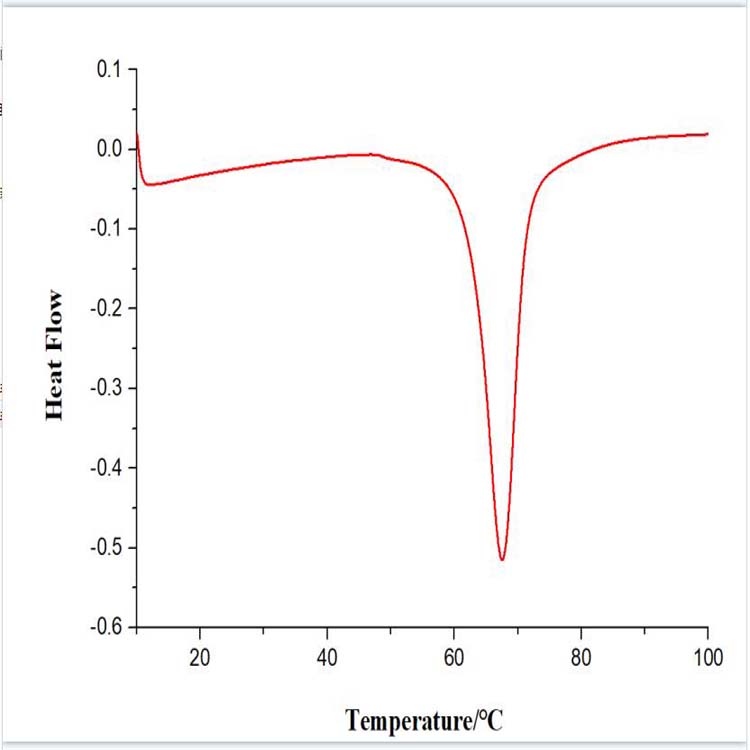For decades,high-tech thermal fabrics have been in constant innovation that keep marathoners cool or mountain climbers warm, no material has ever changed its thermal properties in response to environmental conditions.
Researchers at the University of Maryland have created a fabric that can automatically regulate heat.That is, in warm, humid conditions the fabric allow infrared radiation (heat) to pass through it, such as in sweaty areas of the body, effectively losing heat.When the weather is cool and dry, the fabric reduces heat loss.The fabric is made from specially engineered yarns coated with carbon nanotubes. Under hot and humid conditions, the yarn will shrink and activate the coating, thus changing the interactive way of the fabric and infrared radiation.The researchers call this effect of the fabric as "gating" of infrared radiation.This is the first technology to dynamically control infrared radiation.

The underyarn of the new fabric is made up of fibers made of two different synthetic materials, one of which absorbs water and the other of which is waterproof. The surface of the yarn is covered with a carbon nanotube coating. Because the fiber material is both hydrophobic and hydrophilic, when it is exposed to the humid environment, the fiber will appear warping phenomenon.This effect causes the yarn to bind more tightly together, creating two effects. First, it opens up the pores in the fabric, making it easier for the heat to escape, creating a weak cooling effect. Second, it changes the electromagnetic coupling between the carbon nanotubes in the coating.
This is a very simple way, imagining that adjusting the electromagnetic waves that two antennas receive by moving them very close together. As the fibers get closer together, their exposure to radiation changes. In clothing, this means that the fabric interacts with the heat emitted by the body. Depending on the adjustment, the fabric either blocks infrared radiation or allows it to pass through. This happens almost instantaneously, so clothes cool people down before they realize they're getting hot.On the other hand, when an object cools down, the dynamic gate mechanism works in reverse to capture heat.
"the human body is the perfect radiator," says Min Ouyang, a physics professor at the university of Maryland. Throughout history, the only way to regulate the body's temperature seems to have been to wear and undress. Our new fabric is a true two-way regulator. Ray Baughman, a professor in the department of chemistry at the University of Texas said the work provides a new way to regulate clothing comfort.
While the study is far from commercial, the researchers think two major advantages of the new fabric are not to be overlooked, one is the easy availability of fibrous materials, the other is able to add carbon nanotube coatings to the standard dyeing process. Prof ouyang said: "I think it is very exciting to be able to apply this "gating" phenomenon to improving the performance of fabrics."


 English
English français
français Deutsch
Deutsch русский
русский italiano
italiano español
español português
português 日本語
日本語 한국의
한국의 Türkçe
Türkçe

















 8620-87226359,8620-87748917
8620-87226359,8620-87748917

